Table of content
Cauliflower, a versatile and nutrient-packed vegetable, has become a staple in kitchens worldwide. From roasted dishes to creamy soups, its mild flavor and crumbly texture make it adaptable to countless recipes. One of the most popular cooking methods for cauliflower is stir-frying, a technique that preserves its crunch while infusing it with aromatic flavors. However, achieving the ideal texture—tender yet slightly crisp—requires precision, especially when it comes to cooking time. This article delves into the science and art of stir-frying cauliflower, exploring how long it takes to cook, the factors influencing cooking time, and expert tips to elevate your dish.
The Basics of Stir-Frying Cauliflower
Stir-frying is a high-heat, quick-cooking method originating from Asian cuisine. It involves cooking small, uniformly sized ingredients in a wok or skillet with minimal oil, constantly stirring to ensure even cooking. For cauliflower, this method caramelizes the edges, locks in moisture, and creates a delightful contrast between the charred exterior and tender interior. But how long should you stir-fry cauliflower to achieve this balance?
General Cooking Time: On average, cauliflower takes 5–7 minutes to stir-fry over high heat. However, this can vary based on factors like the size of the florets, the heat intensity of your stove, and your desired texture. Let’s break down the variables.
Factors Influencing Cooking Time
-
Size of the Florets
The most critical factor is how you cut the cauliflower. Smaller florets (1–1.5 inches in diameter) cook faster than larger ones. If you slice the cauliflower into thin, flat pieces (like steaks), the cooking time reduces to 3–4 minutes. Uniformity is key—uneven sizes lead to inconsistent doneness. -
Heat Intensity
A raging hot wok or skillet is essential for stir-frying. Preheating the pan until it’s almost smoking ensures the cauliflower sears rather than steams. If your stove lacks power, increase the cooking time by 1–2 minutes, but avoid overcrowding the pan, which lowers the temperature.
-
Desired Texture
Do you prefer your cauliflower al dente (tender-crisp) or fully softened? For a crunchy texture, 5 minutes suffices. For softer florets, cook for 7–8 minutes. Taste-testing is crucial here—pierce a piece with a fork; it should offer slight resistance for al dente or glide through easily for softer results. -
Additional Ingredients
If you’re adding other vegetables (like bell peppers or carrots) or proteins (chicken, tofu), the cooking time may extend. Stir-fry denser ingredients first, then add cauliflower toward the end to avoid overcooking.
Step-by-Step Guide to Stir-Frying Cauliflower
Preparation
- Wash and Dry: Rinse the cauliflower under cold water and pat it dry thoroughly. Excess moisture can steam the vegetable instead of searing it.
- Cut Uniformly: Trim the stem and separate the head into florets. For even cooking, slice larger florets into halves or quarters.
- Marinate (Optional): Toss the florets in a mixture of soy sauce, garlic, ginger, or spices for 10–15 minutes to enhance flavor.
Preheating the Pan
- Use a carbon-steel wok or a heavy-bottomed stainless-steel skillet. Avoid nonstick pans, as they can’t withstand high heat.
- Heat the pan over medium-high to high heat for 2–3 minutes. Add 1–2 tablespoons of oil (peanut, avocado, or vegetable oil work best due to their high smoke points).
- Swirl the oil to coat the pan evenly. The oil is ready when it shimmers but doesn’t smoke.
Stir-Frying Technique
- Add the Cauliflower: Dump the florets into the pan in a single layer. If your pan is small, cook in batches to avoid overcrowding.
- Stir Constantly: Use a metal spatula or wooden spoon to toss the cauliflower every 30 seconds. This prevents burning and ensures even cooking.
- Monitor Color: The edges should brown lightly after 2–3 minutes. If the pan seems dry, add a splash of broth or water (1–2 tablespoons) to create steam and accelerate cooking.
Testing for Doneness
- After 5 minutes, pierce a floret with a knife or fork. If it meets resistance, cook for another 1–2 minutes.
- For added flavor, toss in aromatics like minced garlic, sliced chili, or chopped scallions during the last minute of cooking.
Finishing Touches
- Remove the pan from heat and season with salt, pepper, or a drizzle of sesame oil.
- Serve immediately to preserve crispness. Garnish with fresh herbs, toasted sesame seeds, or a squeeze of lemon.
Common Mistakes and How to Avoid Them
-
Overcrowding the Pan
Problem: Too many florets lower the pan’s temperature, leading to steaming instead of searing.
Solution: Cook in batches. If necessary, use two pans or a larger wok. -
Underseasoning
Problem: Cauliflower’s mild flavor needs bold seasoning.
Solution: Marinate beforehand or finish with umami-rich ingredients like soy sauce, miso, or Parmesan.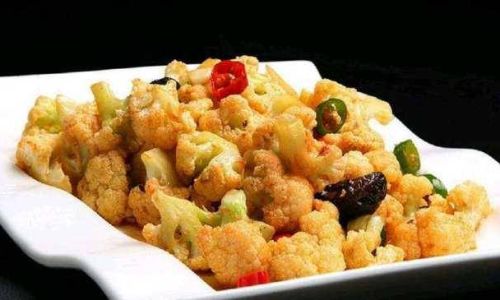
-
Overcooking
Problem: Mushy cauliflower lacks texture.
Solution: Taste-test frequently and remove from heat once tender-crisp. -
Skipping Preheating
Problem: A lukewarm pan results in soggy florets.
Solution: Preheat the pan until it’s almost smoking before adding oil.
Advanced Techniques for Culinary Enthusiasts
-
Blanching Before Stir-Frying
Parboil the cauliflower for 2 minutes in salted water, then shock it in ice water. This softens the florets slightly, reducing stir-fry time to 3–4 minutes. -
Dry-Frying (Chinese “Gān Biān”)
Cook the cauliflower without oil first to remove excess moisture. Then stir-fry with oil for intense caramelization.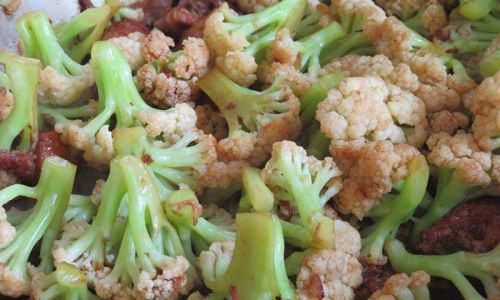
-
Adding Acid
A splash of vinegar or lime juice at the end brightens the dish and balances richness. -
Using Spices
Toast cumin seeds, coriander, or curry powder in oil before adding cauliflower for aromatic depth.
Nutritional Benefits of Stir-Fried Cauliflower
Cauliflower is a nutritional powerhouse, rich in:
- Fiber: Aids digestion and promotes satiety.
- Vitamins C and K: Boosts immunity and bone health.
- Antioxidants: Combats inflammation and oxidative stress.
- Folate: Essential for cell repair and DNA synthesis.
Stir-frying preserves more nutrients than boiling, as minimal water is used, and cooking time is short.
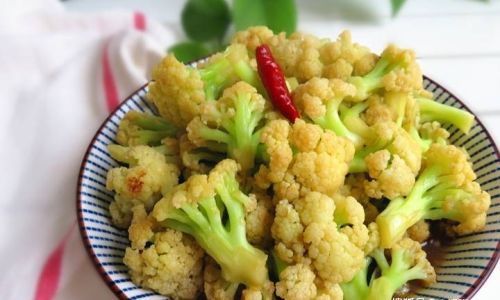
Pairing Ideas and Recipe Inspiration
-
Spicy Szechuan Cauliflower
Toss stir-fried cauliflower in a sauce of chili paste, garlic, soy sauce, and honey. Serve with steamed rice. -
Cauliflower “Fried Rice”
Pulse cauliflower in a food processor to mimic rice. Stir-fry with peas, carrots, eggs, and soy sauce. -
Mediterranean-Style Cauliflower
Add olives, sun-dried tomatoes, and feta cheese after stir-frying. Drizzle with olive oil. -
Cauliflower Tacos
Season with smoked paprika and cumin. Serve in tortillas with avocado and salsa.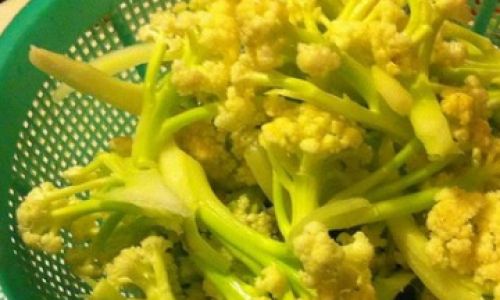
Troubleshooting Guide
- Soggy Cauliflower: Increase heat next time or cook in batches.
- Burnt Edges: Reduce heat slightly and stir more frequently.
- Bland Flavor: Add more seasoning or a pinch of salt during cooking.
- Uneven Cooking: Ensure uniform floret size and preheat the pan properly.
Conclusion
Stir-frying cauliflower is a dance of heat, timing, and technique. While 5–7 minutes is the golden standard, flexibility is key—adjust based on your stove, pan, and texture preferences. Remember, practice makes perfect. Experiment with seasonings, cooking methods, and pairings to transform this humble vegetable into a star dish. Whether you’re a novice cook or a seasoned chef, mastering the art of stir-fried cauliflower opens doors to endless culinary creativity. So grab your wok, crank up the heat, and let the sizzling begin!
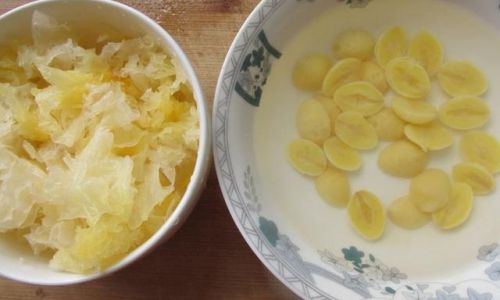

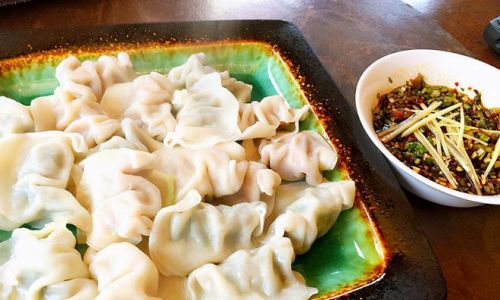
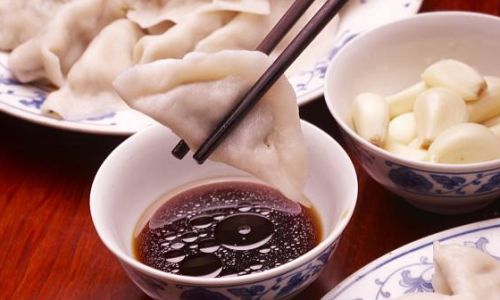
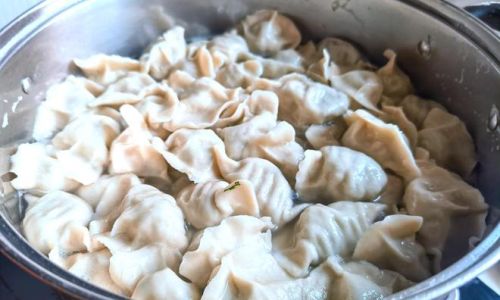
0 comments